Partners
GGBN relies on its strategic partnerships, associated networks, and current funders to fulfill its mission. Contact us at info@ggbn.org to work with us to strategically increase our network and reach related communities.
Our partners include non-biodiversity biobanks, governmental agencies, data infrastructures and other organizations that have an interest in biodiversity biobanks. These partners are committed to supporting the goals of GGBN by providing technical expertise and/or participating in GGBN activities.
Contents
- 1 BiCIKL
- 2 Biodiversity Information Standards (TDWG)
- 3 CryoArks
- 4 Earth Biogenome Project
- 5 Entomological Collections Network (ECN)
- 6 European, Middle Eastern & African Society for Biopreservation and Biobanking (ESBB)
- 7 Genomic Standards Consortium (GSC)
- 8 Global Biodiversity Information Facility (GBIF)
- 9 Global Genome Initiative for Gardens (GGI-Gardens)
- 10 International Society for Biological and Environmental Repositories (ISBER)
- 11 Species360 (Potential Partner)
- 12 Specify Collections Consortium
- 13 Symbiota
- 14 Tree of Life Programme Wellcome Sanger Institute
 BiCIKL
BiCIKL
BiCIKL (Biodiversity Community Integrated Knowledge Library) is an EU funded initiatie that will initiate and build a new European starting community of key research infrastructures in biodiversity and life sciences, solidifying open science practices through provision of access to data, associated tools and services at (1) each separate stage of, and (2) along the entire research cycle. BiCIKL will provide for the first time seamless access, linking and usage tracking of data within a network of links between the different data classes, ultimately represented in the biodiversity knowledge graph: specimens → genetic sequences → species → analytics → publications → biodiversity knowledge graph → re-use. BiCIKL will also provide new methods and workflows for an integrated access to harvesting, liberating, linking, and re-using of sub-article-level data (specimens, material citations, samples, sequences, taxonomic names, taxonomic treatments, figures, tables) extracted from literature.
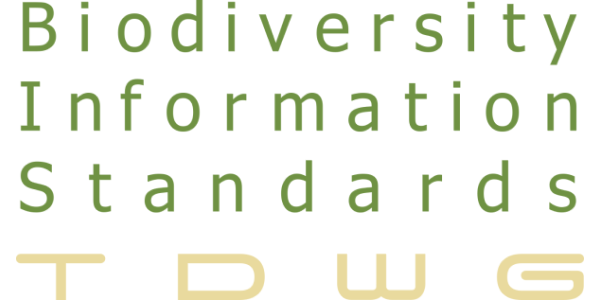 Biodiversity Information Standards (TDWG)
Biodiversity Information Standards (TDWG)
This partnership supports activities associated with improving genomic biodiversity data standards. GGBN coordinates the TDWG Interest Group "Genomic Biodiversity."
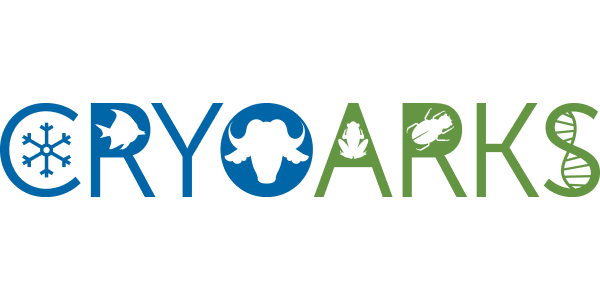 CryoArks
CryoArks
This partnership supports activities associated with the long-term preservation of animal samples and derivatives and the augmentation and management of the GGBN Document Library, to include animal biobanking materials for conservation-focused research efforts.
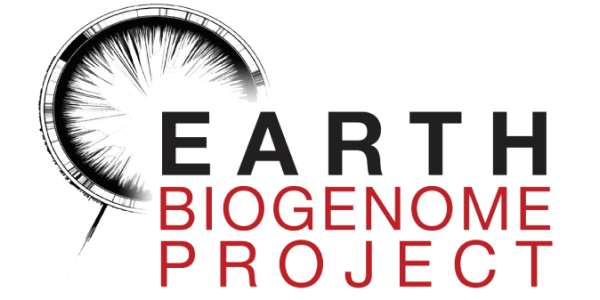 Earth Biogenome Project
Earth Biogenome Project
This partnership supports the goals of the EBP project, including cataloging the genome content of earth's biodiversity.
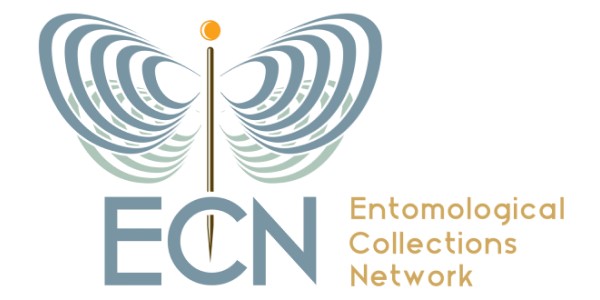 Entomological Collections Network (ECN)
Entomological Collections Network (ECN)
ECN promotes the preservation, management, use and development of entomological collections and fosters communications between collections managers and collections-based researchers regarding best practices in entomological (and arthropod) natural history collections. ECN partners with GGBN by serving as a liaison to promote GGBN membership and resources to the entomological collections community and to promote use of the GGBN Data Portal to the entomological researcher community.
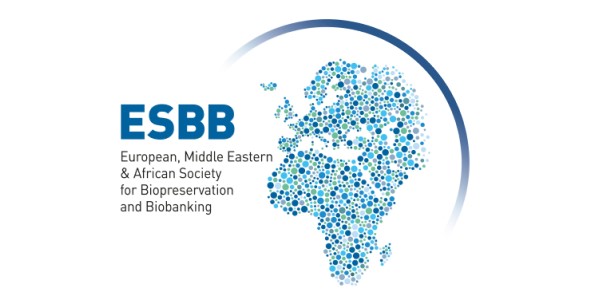 European, Middle Eastern & African Society for Biopreservation and Biobanking (ESBB)
European, Middle Eastern & African Society for Biopreservation and Biobanking (ESBB)
This partnership facilitates joint activities associated with biobanking and biopreservation, including the augmentation and management of associated content in the GGBN document library.
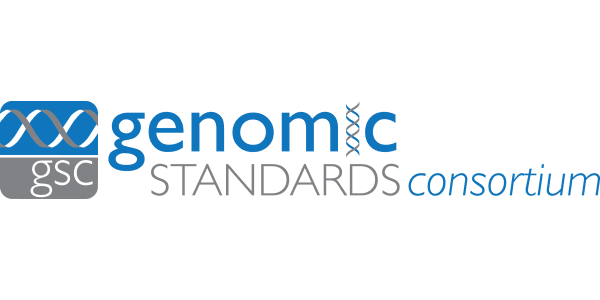 Genomic Standards Consortium (GSC)
Genomic Standards Consortium (GSC)
This partnership supports the development of community standards for genetic samples. GSC and GGBN are working to align the GGBN and MIxS data standards for tissues, DNA and environmental samples.
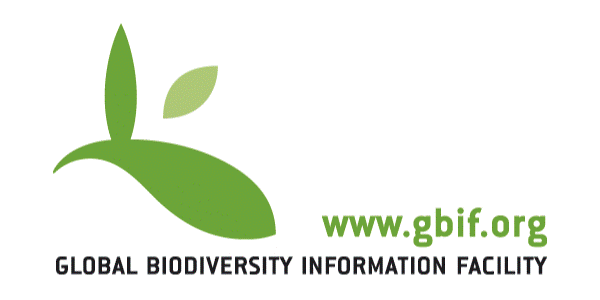 Global Biodiversity Information Facility (GBIF)
Global Biodiversity Information Facility (GBIF)
GBIF is an inter-governmental collaboration committed to free and open access to biodiversity data and commits to work closely with GGBN to promote data standardization and interoperability and, where applicable, to encourage and facilitate the participation of GBIF participant nodes as contributors or members within GGBN. GBIF similarly encourages and will support efforts by GGBN partners to share relevant metadata, nomenclature, occurrence and sampling event data through the GBIF network.
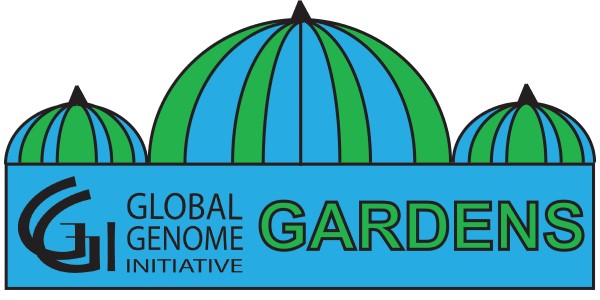 Global Genome Initiative for Gardens (GGI-Gardens)
Global Genome Initiative for Gardens (GGI-Gardens)
The Global Genome Initiative for Gardens (GGI-Gardens) is a collaborative partnership that supports the collection and maintenance of genome quality tissues and DNAs from living collections in botanic gardens and arboreta. Samples collected through GGI-Gardens, including through their awards programs, are preserved in GGBN-partnered biorepositories and made available to the public through the GGBN portal. The partnership between GGI-Gardens and GGBN facilitates the GGBN standard for GGI-Gardens partners and their preserved tissue and DNA samples. This partnership also helps make the data associated with collected samples made public to researchers across the globe.
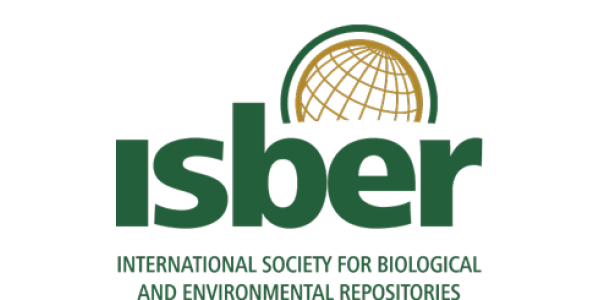 International Society for Biological and Environmental Repositories (ISBER)
International Society for Biological and Environmental Repositories (ISBER)
This partnership facilitates joint activities associated with biobanking and biopreservation, including the review of ISBER best practices for biorepositories.
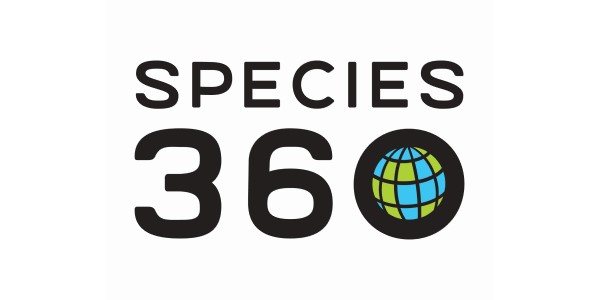 Species360 (Potential Partner)
Species360 (Potential Partner)
Species360 is the single largest source of husbandry and medical information on species in human care and includes data recorded on frozen tissues. By partnering with us to support the collection of GGBN required data, Species360 would expand insight to samples at aquatic and zoological institutions worldwide.
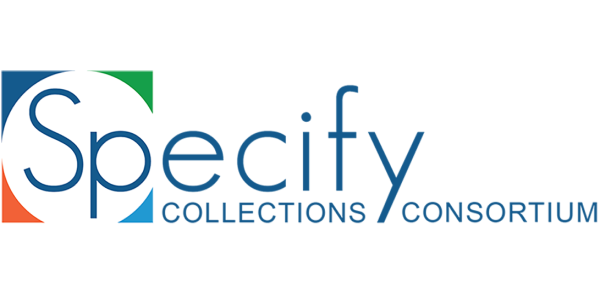 Specify Collections Consortium
Specify Collections Consortium
This partnership has made the GGBN data schema accessible to members of the Specify Collections Consortium, specifically through Specify 7. We hope this will entice Specify institutions to become members of GGBN and begin publishing their genetic resource information.
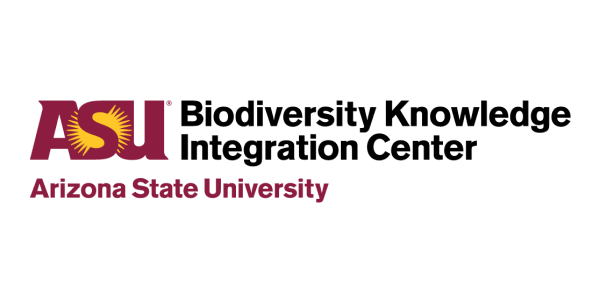 Symbiota
Symbiota
Symbiota is an open-source content management system for publishing and curating specimen- and observation-based biodiversity data. Symbiota portals represent 60 million specimen records from 1286 collection datasets that can be linked to images, tissues, DNA sequence data, as well as other taxonomic and ecological information. This partnership supports the inclusion of all necessary fields to support GGBN publishing by its participating collections.
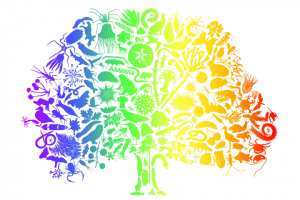 Tree of Life Programme Wellcome Sanger Institute
Tree of Life Programme Wellcome Sanger Institute
GGBN and Sanger have formed a strategic alliance to facilitate collaborations on activities related to biobanking and biopreservation of samples from the major projects in Sanger’s Tree of Life programme, including the Darwin Tree of Life and Aquatic Symbiosis Genomics projects. Joint activities will support the goals of both GGBN and Sanger.